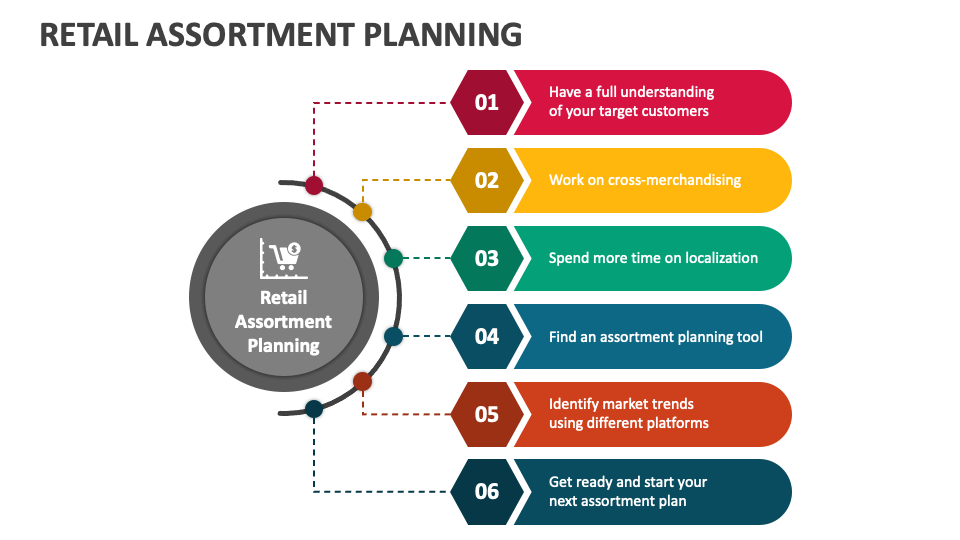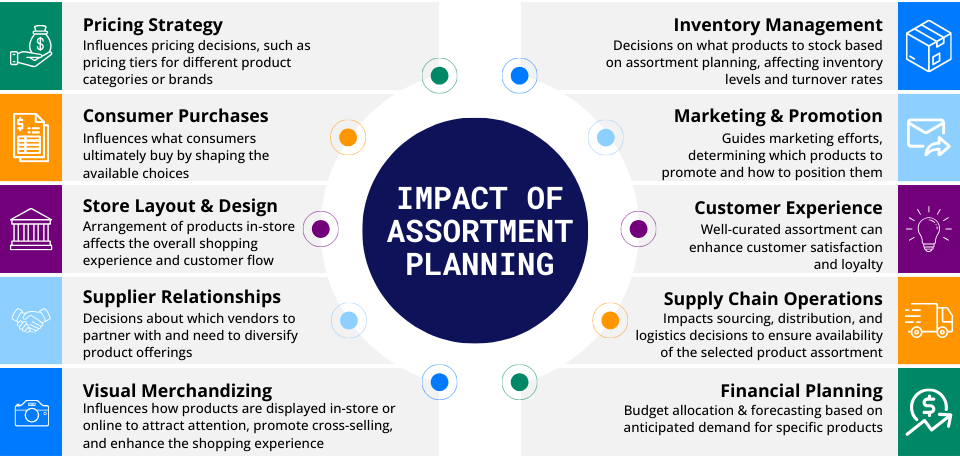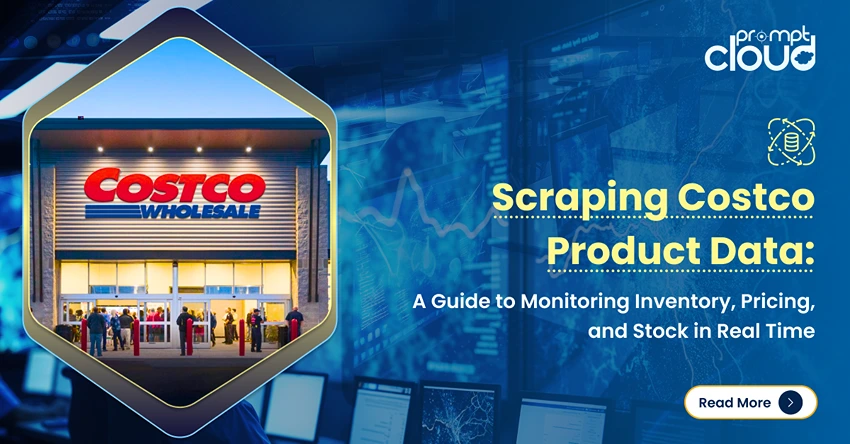
In quick commerce, the most important factor is speed. Companies need to have the right products available at all locations because customers want their orders delivered within minutes rather than days. But, how do you manage stock efficiently across a wide range of pin codes and still keep track of consumer trends?
This is where assortment planning in retail becomes important. With the help of quick commerce data monitoring, businesses can dynamically optimize their stock assortment by ensuring that the right mix of products is available in each Micro Fulfillment Center (MFC).
We’ll explain what assortment planning in retail is, why it matters, and how quick commerce companies can use web scraping and automation to gain a competitive edge in this article.
What is Assortment Planning in Retail?

Image Source: Collidu
In simple words, assortment planning in retail is the decision-making regarding the optimal selection of products to sell at different locations. It involves estimating customer demand, inventory costs, and any constraints imposed by the suppliers to achieve maximal profitability.
In quick commerce, this process is even more challenging because of:
• Cross-demand differences (different pin codes have different products that people buy).
• Unpredictable rapid shifts in demand due to trends, seasons, and other local events.
• Limited storage capacity at dark stores or MFCs.
With an effective assortment planning process in retail, businesses can reduce stockouts, minimize waste, and enhance satisfaction levels.
The Role of Quick Commerce Data Monitoring in Assortment Planning
Before now, retailers used to plan assortments based on sales history and market research. For quick commerce, however, data must be monitored in real-time.
The monitoring of quick commerce data encompasses how various sources may be monitored in real-time so that inventory decisions can be made immediately. This involves:
- Analyzing purchase patterns within regions and establishing what is in high demand.
- Tracking competitor’s stock and their pricing and knowing what competitors have on sale.
- Watching and monitoring external factors like weather changes, festivals, or trends that seem to be viral and affect the market.
Effective customization is key so that every pin code gets what it needs is possible through real-time business insights and stock allocation.
How Web Scraping & Automation Serve In Retail Assortment Planning?
The volume of data generated as well as consumed in a quick commerce business is enormous. Everything from tracking competitors’ prices to monitoring customer demand as well as stock levels cannot be done manually. This is where web scraping and automation come in to assist.
1. Competitor and Market Analysis
Competitor websites can be tracked using web scraping tools for the following:
• Changes in prices
• Discounts and offers
• Reviews and ratings
A business may, for example, enhance inventory where they have a high demand for popular energy drinks when they know a competitor in the specific pin code area is out of stock.
2. Demand Forecasting with AI
An increase in web scraping with AI algorithms can enable businesses to determine demand surges for:
• Historically purchased items
• Social media trends
• Weather changes/events
For example, e-commerce companies can ramp up cold drinks, ice cream, and sunscreen stocks in regions where a heatwave is anticipated.
3. Automated Inventory Replenishment
Real-time demand data can be automatically synced with suppliers to dynamically reorder stock. This helps eliminate over and under-stocking of inventory while also reducing waste and improving warehouse space.
4. Hyper-Localized Assortment Planning
Demand across pin codes varies, therefore assortment planning in retail management must be exceedingly localized. With web scraping tools, businesses are able to examine spending habits on a granular level and stock merchandise that is most suitable to particular areas.
An MFC positioned within the high-rise area of a city may require greater stock levels of ready-to-eat meals whereas, a fresh grocery store may be in greater demand in a suburban locality.
Benefits of Data-Driven Assortment Planning in Quick Commerce

Image Source: EclerxDigital
The data collection for quick commerce through web scraping and automation has several benefits:
1. Increased Sales & Customer Satisfaction
Ensuring that products are available at specific locations helps to lower order cancellation and stockout rates leading to greater customer satisfaction and increased conversion rates.
2. Reduced Wastage & Inventory Costs
If an inventory is holding onto a stock that is not in demand, it leads to a wastage of resources along with enhanced holding costs. A data-driven assortment planning process in retail minimizes waste and lowers inventory costs by optimizing stock levels based on actual demand.
3. Competitive Advantage
Incorporating market intelligence adaption helps quick commerce companies serve their customers better than their competitors. Smart stocking decisions can only be based on the company knowing what is trending and what is out of stock in other locations.
4. Faster Response to Market Trends
Consumer preferences change rapidly. AI-driven demand forecasting coupled with real-time monitoring enables businesses to stock their offers quickly ahead of the competition.
Best Practices for Implementing Dynamic Assortment Planning
For effective and timely quick commerce data analysis, these practices are recommended:
- Leverage AI & Machine Learning: Shift from a historical sales-driven approach to a more real-time-based approach where AI models predict demand using current data.
- Use Automated Web Scraping for Competitor Insights: Keep track of competitors’ prices, stock levels, and current advertising strategies so that you can adapt to their strategy.
- Implement Hyper-Localized Stocking Strategies: Different areas have different stock demands, so customize product offerings based on hyper-local patterns rather than generalizing the region.
- Integrate Real-Time Inventory Management: Take advantage of real-time demand signals to adjust stock levels dynamically to ensure there is neither overstocking nor stockouts.
- Continuously Analyze and Optimize: Treat data-driven decision-making as a continuous process. Regularly track and modify your assortment strategy to achieve better results over time.
Conclusion
In quick commerce, retail assortment planning is no longer a one-time event, but an event that happens continuously. Monitoring, web scraping, and AI can be used to dynamically optimize stock allocation in many pin codes.
This guarantees that customers receive their service and also enables businesses to minimize waste, control spending, and gain a competitive edge.Would you like to automate your assortment planning function for retail? Schedule a demo with us to discover how our data extraction services can keep you in front in the rapid commerce industry.



















